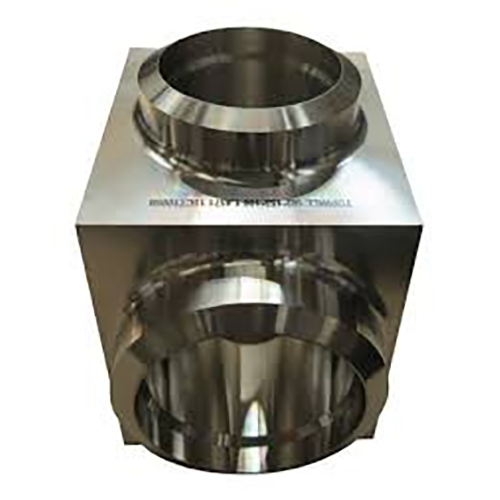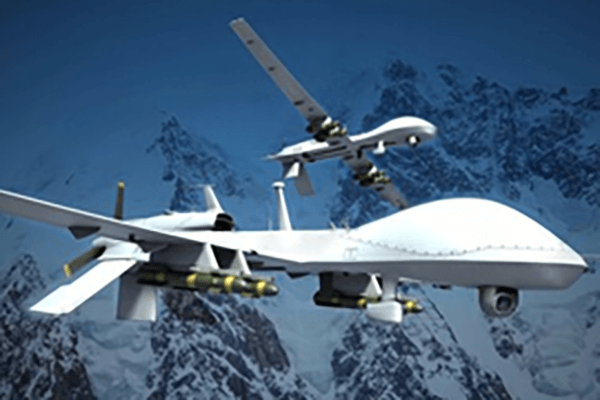
Achieving specified outer texture for a fabricated unit is highly significant.
- Blueprint callouts define exact texture requirements for manufactured pieces
- Surface notes typically employ Ra—arithmetic mean deviation—when specifying roughness
- Decoding surface notes is important for ensuring components achieve required performance
- Specified texture can change lubrication regimes, frictional forces, and endurance
- Accurate interpretation of callouts is required to realize the targeted surface
CNC Machining: Precision Engineering Defined
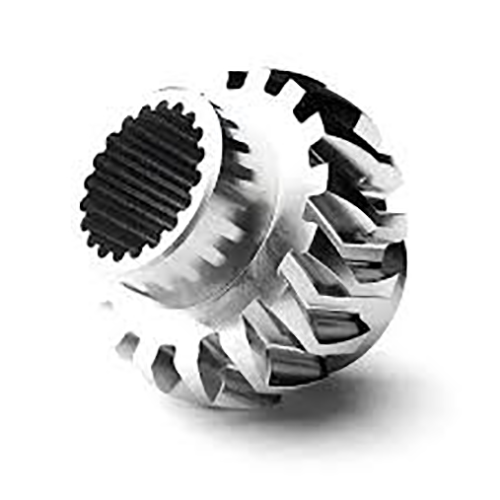
Numerical control machining stands as an advanced production approach via numerical control software the system carves sophisticated geometries with precision.
- Numerical control tools generate quality components from varied media
- The versatility of CNC machining makes it ideal for aerospace, automotive, medical, and electronics
- Programmed machining assures dependable consistency across manufacturing cycles
From concept models to high-volume manufacturing CNC machining anchors industrial production
CNC Spec Interpretation
Navigating specification tables often appears formidable at first sight
In contrast, measured learning and order help you traverse technical specifications
Launch by determining central specs: spindle rpm, feed velocity, accuracy, envelope, controller
All these parameters affect the tool’s total functional output.
As an example, increased spindle rpm favors soft alloys and higher feed favors throughput.
Knowing these correlations permits matching machine capabilities to your specs
Make sure to read supplier manuals attentively.
It will often provide valuable insights and clarify any technical terminology you may encounter
A Guide to CNC Machines: What You Need to Know
Automated CNC platforms are computer-commanded systems for precision manufacturing of multiple materials These systems execute G-code sequences to govern tool movement and actuation.
- Several forms of CNC equipment are mills, lathes, routers, plasma cutters
- Cutting methods suit steels, plastics, woods, and layered composites
- Additionally CNC gear supports fast prototyping and limited production for entrepreneurs and institutes
CNC Basics and Explanations
They demonstrate convergence of tight hardware tolerances and refined software control Programmable machines execute software-driven fabrication of straightforward components and complex constructions The central concept is rendering digital designs as physical parts.
- Programmed machining process
- Programmatic production integration
It requires coordinated toolpath steps instructed by G-code Operators play a crucial role in selecting the appropriate cutting parameters monitoring the operation and ensuring the quality of the final product.
Surface Finish Considerations for CNC
Achieving the desired surface finish in CNC machining is crucial It impacts both functional performance and surface look Stock properties, cutting settings, and finishing operations determine surface result.
A polished finish improves wear resistance whereas coarse texture can hinder performance Programmed machining features assorted toolpaths and cutters to deliver specified finishes.
- Including selection of alternative tool profiles |cermet inserts|cutting velocit
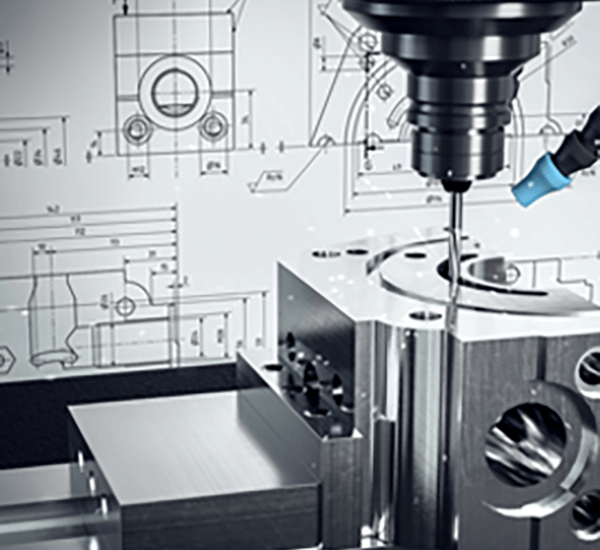 y selections to shape surface
y selections to shape surface - Alternatively post-processing methods like polishing grinding sanding can be employed to improve the surface finish
Understanding the relationship between machining parameters and surface finish is essential for achieving optimal results in CNC machining operations.
From Operation to Applications: CNC Basics
A precise fabrication technique, it applies computer-controlled machines to produce parts from assorted materials They follow G-code sequences to generate complex parts reliably Basic knowledge of machine operation, G-code, and tooling selection plays a vital role in success
Sectors served include aerospace, automotive, manufacturing, medical, and electronics fields From precision engine parts to detailed injection molds, CNC delivers complex products
Specifying Surface Roughness for CNC Parts
Proper specification of surface finish is crucial when machining parts on a CNC machine It makes sure the product satisfies function and aesthetic demands Designers typically indicate finish using the Ra (roughness average) metric This numerical value expressed in micrometers inches or millimeters indicates the average height of surface irregularities.
Weigh required surface smoothness against intended use when defining callouts
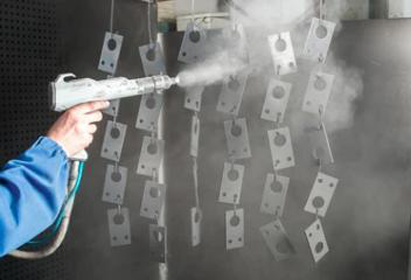
For instance a smooth surface finish might be preferred for parts that require tight tolerances or precise alignment
Rougher textures often suit parts intended for grip or high-friction contact
Apply clear finish annotations in technical drawings to state desired texture Provide the roughness average and detail supplemental processes or treatments needed.
Note that precise surface specifications contribute directly to production success
CNC Equipment Types and Use Cases
The CNC ecosystem includes a broad selection of machines for multiple task categories These versatile tools utilize computer-aided design (CAD) software to control cutting tools enabling precise and efficient fabrication of components.
- Mills shape slots pockets and complex contours through rotary cutting
- Grinders use abrasive wheels to finish and size parts to fine tolerances
- Laser, waterjet, and plasma technologies suit intricate shapes and delicate workpieces
Machine selection is dictated by workpiece material, geometric complexity, and precision demands Varied CNC functionalities equip manufacturers in industries from automotive to aerospace.
Achieving Optimal Surface Finish with CNC Machining
Realizing premium surface texture is vital and CNC machining supplies tools to accomplish it Using accurate feed and speed selection plus optimized tool geometry technicians refine cutting action to reduce surface flaws Also advanced insert materials and suitable coolant practices support improved finishes Strategic toolpath planning and precise machine adjustments result in superior finish quality.
Surface Finish Considerations in CNC Programming
Programming mastery of surface parameters is essential for desired outcomes Feed selection spindle rpm and cutter geometry collectively determine texture outcomes Conscientious parameter tuning with sound coolant strategy produces excellent surface quality.
- Furthermore regular tool maintenance and inspection are essential for ensuring a consistent and high-quality surface finish over time Additionally routine tool checks and upkeep maintain define cnc machine consistent finish quality Moreover scheduled tool maintenance and inspection preserve surface performance
- In order to refine finish consider material, target roughness, and end-use needs
- Employing simulation software can help visualize and fine-tune cutting parameters before machining reducing the risk of surface defects
- Besides that systematic tool upkeep and monitoring ensure sustained surface quality
